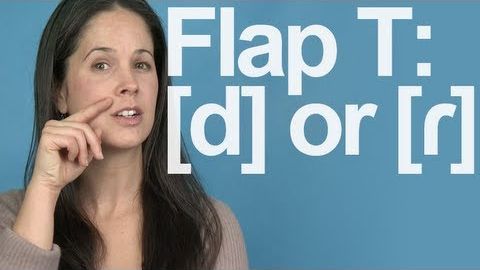Flap T:真的是D音?美式英語發音 (Flap T: Really a D Sound? American English Pronunciation)
Sofi 發佈於 2021 年 01 月 14 日  沒有此條件下的單字
沒有此條件下的單字- n. (c./u.)當地居民;本地人;土著的,本地的
- adj.與生俱來的
US /ˈkɑmɛnt/
・
UK /'kɒment/
- n. (c./u.)評論;(電腦程式中的)註解
- v.t./i.做出評論;為(電腦程式)加上註解;批評;指責
- n.舌狀物(尤指鞋舌);舌;語言; 舌頭;責罵;說話方式(或能力)
- v.t.發(音);用舌吹(管樂器)
- adj.可靠的;熟睡(的);酣睡(的);無損傷的;完好的;健全的;明智的
- n. (c./u.)音樂特色;音樂風格;聲音,聲響
- v.i.聽起來,聽起來好像;發出聲響,發聲
- v.t.(使)發聲;(使)作響
